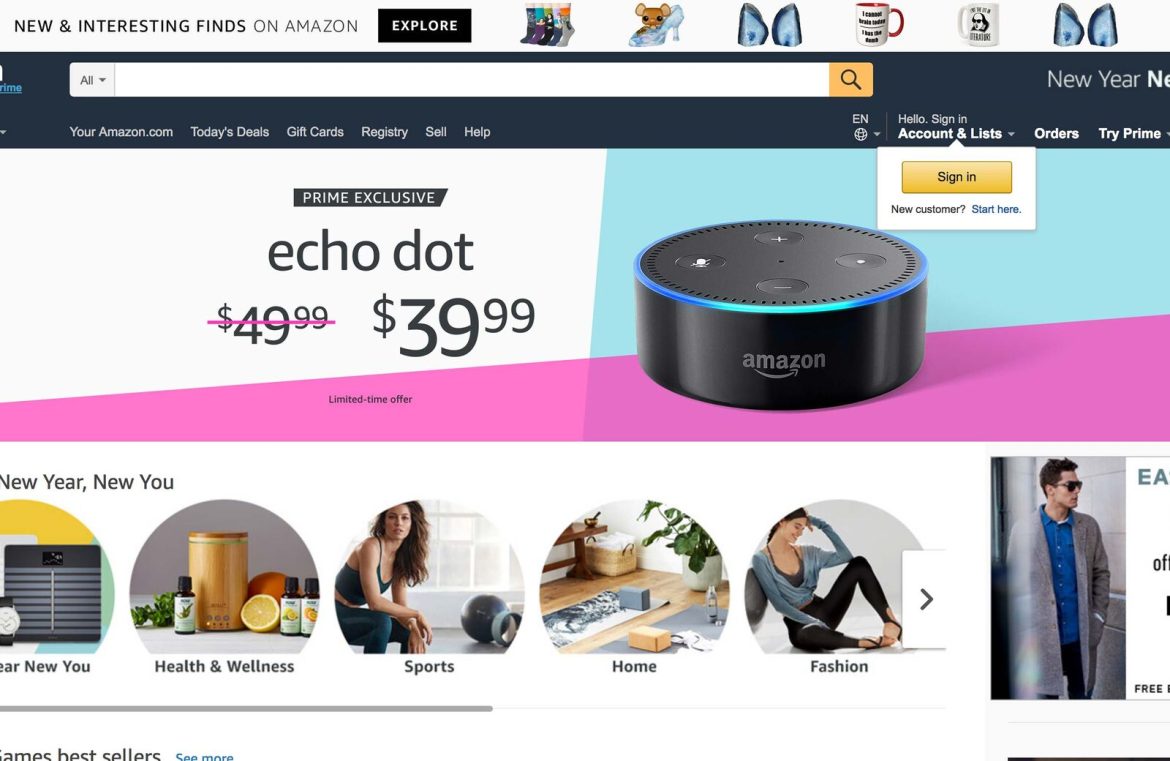[pullquote]Reducing the product’s essence would jeopardize its performance and growth potential[/pullquote] At its most fundamental level, this design paradigm is responsible for successful overhauls such as the replacement of TouchID with FaceID, or GitHub’s transition to a desktop format. These innovations recognized that product evolution necessitates an embrace of complexity. Reducing the product’s essence would jeopardize its performance and growth potential. Thus, the strategy pivoted towards enabling users to harness the complex functionalities through stellar design and a superlative user experience.
There are two particular scenarios worth considering. The first is a scenario where an organization finds itself amidst peak complexity, necessitating a sustainable plan for promoting simplicity. The second is a success story—a business that has transcended complexity, reaping the benefits of its laborious efforts and laying a foundation for further expansion.
1. Navigating From Complexity To Simplicity: Amazon
Amazon is a prime example of complexity in e-commerce. Its sprawling website is replete with imagery, listings, an intricate grid system, and much more. Under the auspices of an emergent design team, Amazon aims to streamline its site, simplifying navigation for the user. Presently, the site faces challenges in areas such as design and varying shipping costs—all of which can overwhelm users.
Choices regarding product variants, sizes, and other aspects can come across as redundant and convoluted. Thumbnails indicating product categories are often small and not evidently marked to show availability. [pullquote]Amazon’s expansive catalogue is the core of its appeal[/pullquote] Yet, it is Amazon’s expansive catalogue that endears it to consumers—a multitude of options and swift delivery services. As the company grows, introducing features like Prime, and services like Alexa and Audible, creating an organized platform for integrating these without miring the user experience is critical. By assembling an adept product team, Amazon embarks on this exacting quest of simplifying without detracting from its offered functions.
Over time, Amazon’s gradual design adjustments will unify its website and alleviate prevailing usability concerns. This evolution includes promoting positive user interactions, such as the 1-Click checkout feature, bypassing the lengthy traditional checkout process.
2. Exemplifying Deceptive Simplicity: Google Services
Google stands as a testament to simplification success, having transported its core offerings into the realm of deceptive simplicity. Google’s Material Design offers a uniform design framework that enhances usability and consistency across platforms, including websites and apps.
With a single Google account, there’s harmony across services such as Photos, Docs, Drive, and Gmail, transforming them into a toolkit rather than a collection of disparate applications.
As Google delves further into mobile and hardware domains, it continues to enhance the user experience without compromising on function, tying everything from Android to Chrome OS to one comprehensive account.
Unearthing Design Solutions
It is imperative for designers engaged in product development to pursue resolutions that elevate beyond complexity. They should resist the inclination towards reduction, especially when the complexity serves the user effectively. Uncovering these solutions and executing them may present challenges, yet by committing to this trajectory, designers pave the way to a future with products that are more robust, innovative, and exceptionally capable.




